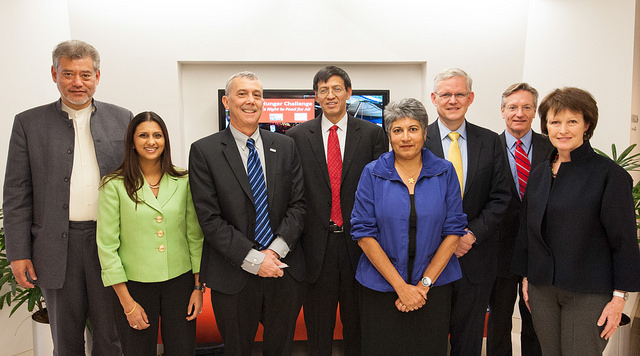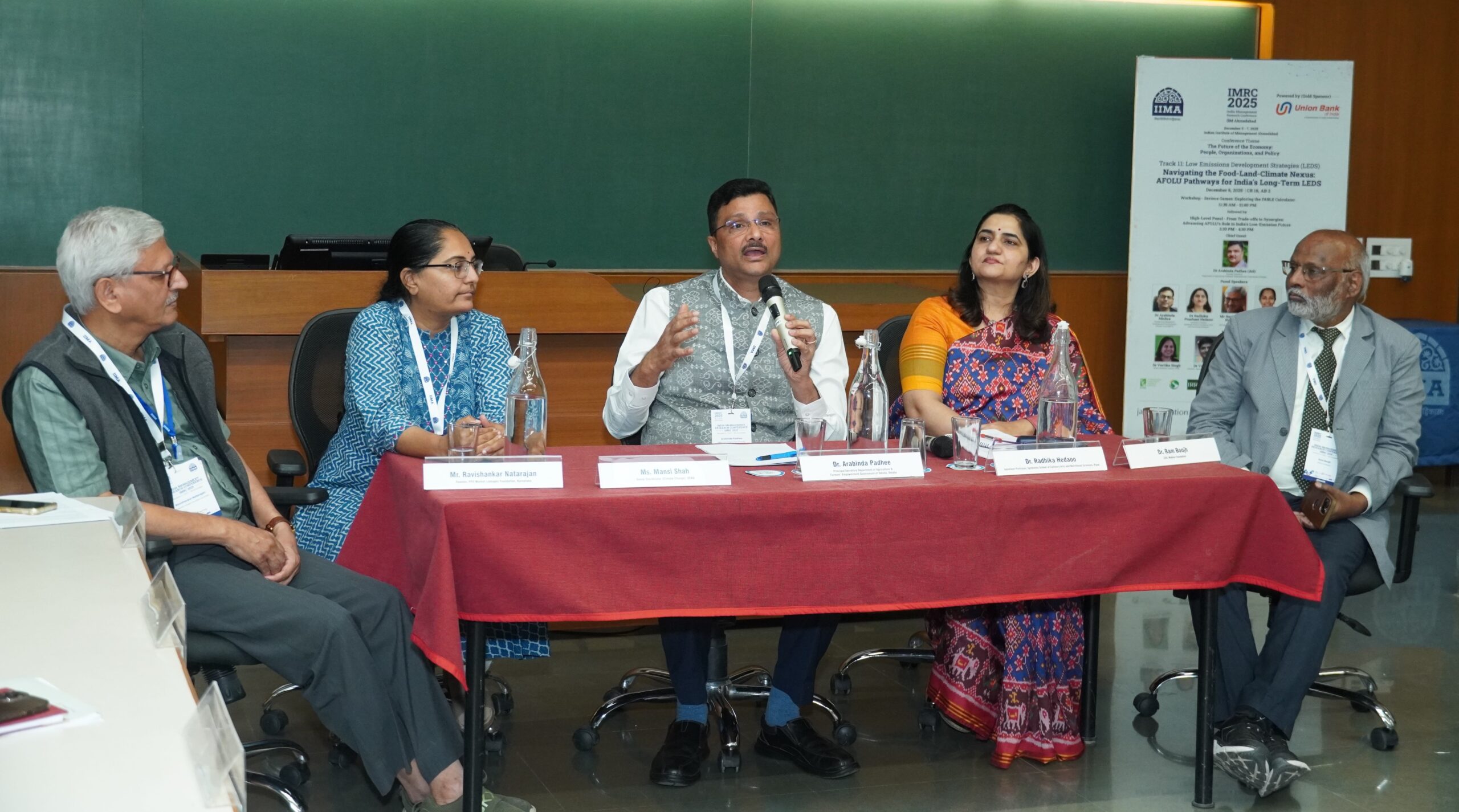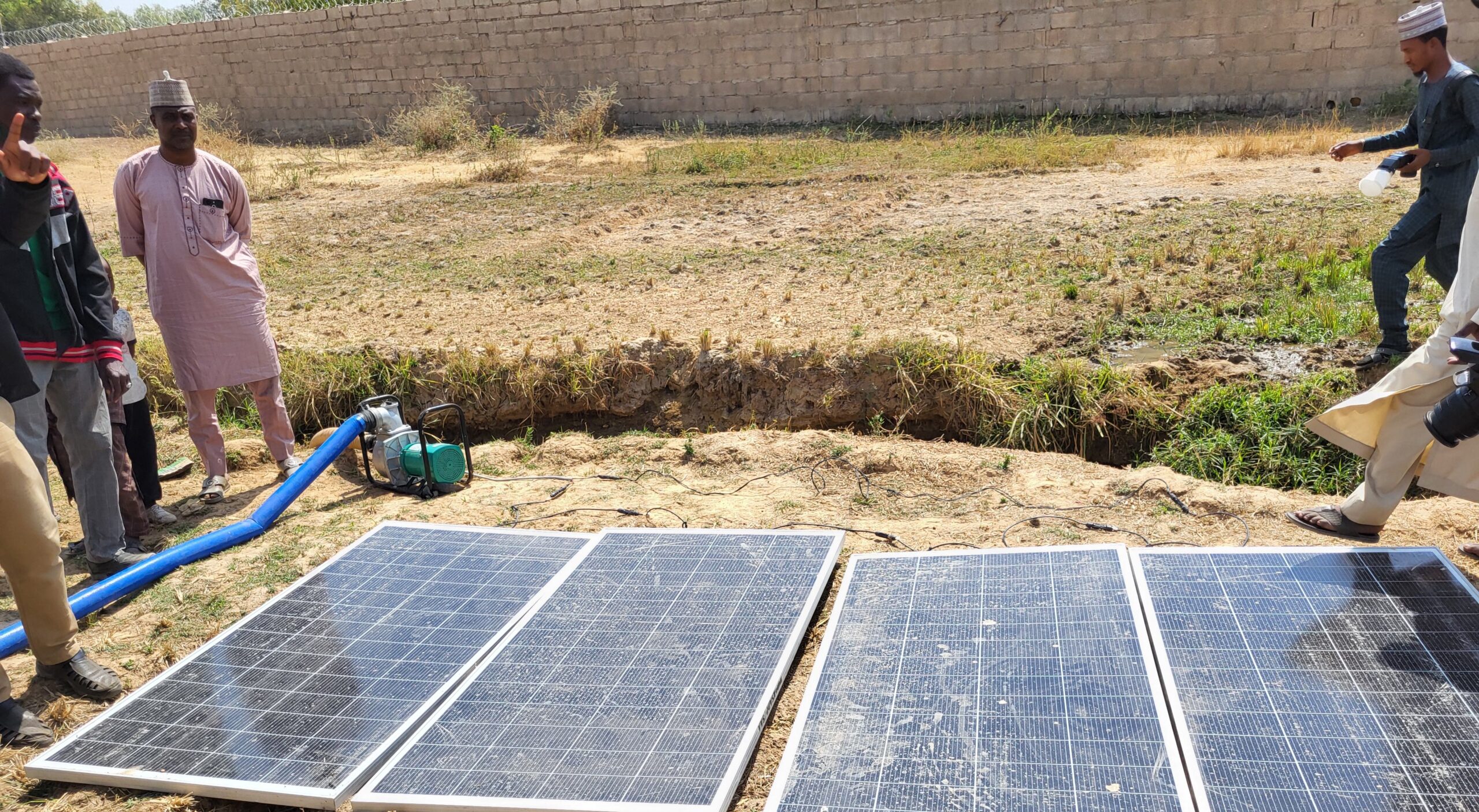With less than two years to go until the expiration of the 2015 Millennium Development Goals, IFPRI Director General Shenggen Fan noted that “almost 850 million people still suffer from hunger, and two billion are suffering from micronutrient deficiencies, or so-called hidden hunger.” Although strides have been made toward eliminating hunger and malnutrition around the world, not enough has been done and there remains a need to mobilize action to ensure food security for everyone.
This was the thrust of a recent panel discussion that IFPRI hosted on January 30 in Washington, DC, on the United Nations-led Zero Hunger Challenge (ZHC). As part of The Zero Hunger Challenge: Achieving the Right to Food for All, participants from government, the UN, and civil society discussed possible strategies for fulfilling a decidedly ambitious agenda.
Jomo Kwame Sundaram, assistant director-general and coordinator for economic and social development of the UN’s Food and Agriculture Organization (FAO), provided background on the ZHC. First announced by UN Secretary General Ban Ki-moon in a June 2013 call to action, the ZHC comprises five pillars:
- Zero stunted children less than two years old;
- Ensuring 100 percent access to adequate food all year round;
- Ensuring that all food systems are sustainable;
- Ensuring a 100 percent increase in smallholder farmer productivity and income; and
- Zero loss or waste of food.
According to Sundaram, progress in the fight against hunger has been modest and unevenly distributed across different regions of the globe. Citing FAO data, he said that three-quarters of all poor people live in rural areas, and that reducing hunger levels largely depends on raising their agricultural productivity and incomes.
Nabeeha Mujeeb Kazi, chair of the Community for Zero Hunger, explained that women are at the center of the ZHC pillars and emphasized the importance of mobilizing new resources. She added that civil society had responded to the ZHC’s call to action in three specific ways: responding to gaps and challenges identified by locals on the ground; asset mapping to identify best practices to fill those gaps; and setting communities in motion to implement them.
Richard Greene, senior deputy assistant administrator in USAID’s Bureau of Food Security, highlighted two government programs that benefit from multisectoral involvement: Feed the Future, which aims to reduce stunting and poverty in 19 of the world’s poorest countries, and the New Alliance for Food Security and Nutrition, which targets lifting 50 million people in Africa south of the Sahara out of poverty by supporting agricultural development. Both initiatives rely heavily on partnerships and resource mobilization, with the public sector, as well as with many civil society actors and the private sector.
Sam Worthington, president and CEO of InterAction, suggested that “the heart of the Zero Hunger Challenge is reaching populations that haven’t been reached before.” Citing what he called the “whole of society approach,” Worthington asserted that while the goal of reducing poverty and hunger has remained constant over the past thirty years or more, the mobilization efforts to reach this goal are fundamentally different than before. This, he explained, is due to a multitude of factors, including “a more active and engaged civil society, better technology, a desire for and recognition of partnerships, and the public realization that things can be done.”







